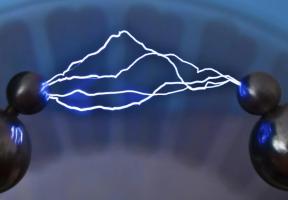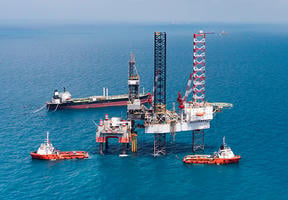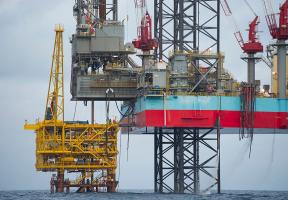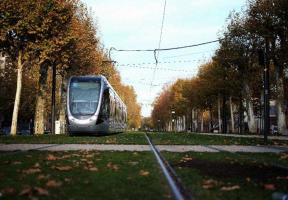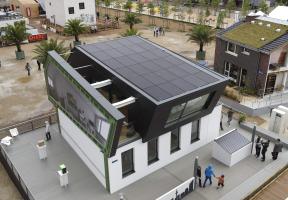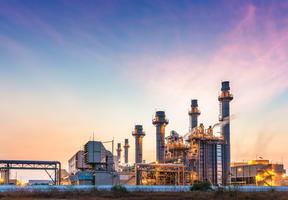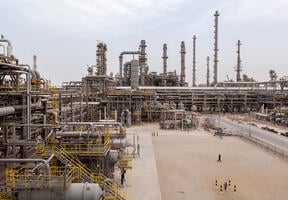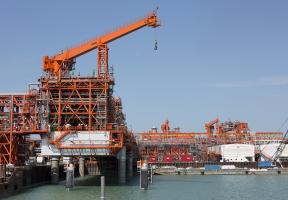Russia and Energy
Published on 11.09.20165 min read
With , natural gas and nuclear resources, Russia remains a major energy player sitting between Europe and Asia on the geopolitical world map.
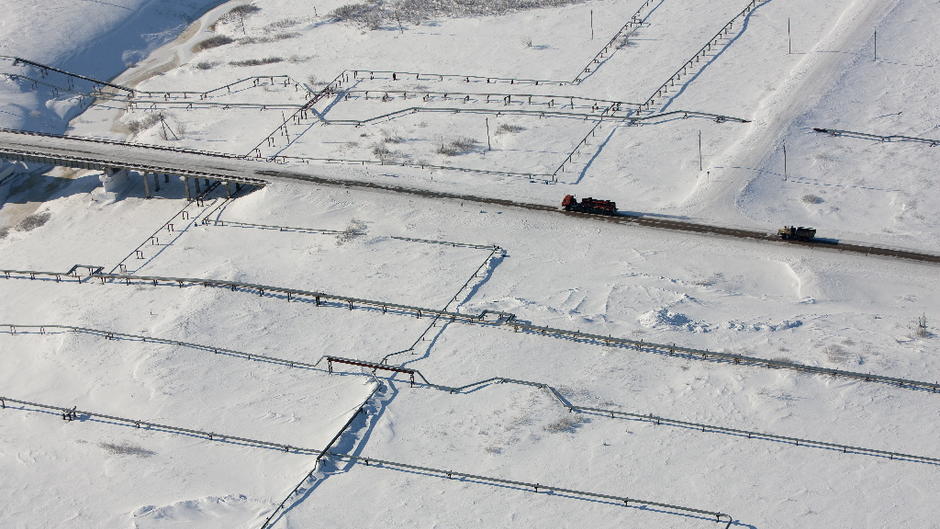
1. Pipelines, a symbol of Russia's energy wealth
As a large-scale supplier of oil and gas thanks to its immense Eurasian reserves, Russia has developed extensive, cross-country energy transportation networks, stretching from snow-covered Siberia to the wide plains of Central Asia and European Russia. This photo shows interlacing pipelines carrying oil from the Kharyaga field.
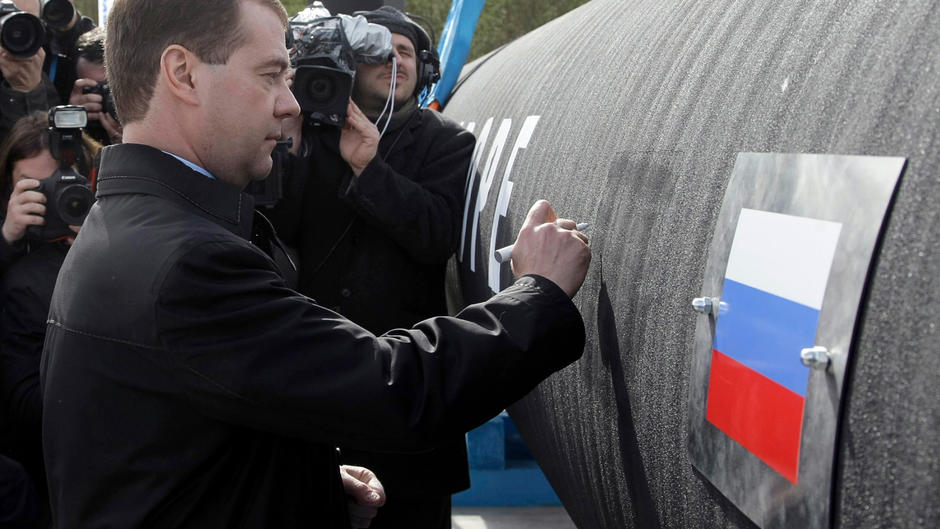
2. Looking westward
Most of Russia's gas exports head to Western Europe, making it a major customer that Moscow cannot afford to neglect. On the other hand, the European Union depends on Russia for 40% of its gas supply. This 2010 photo shows Dimitri Medvedev, then president of Russia, writing "Good luck" on a section of the Nord Stream , a new gas "highway" directly linking Russia and Germany via the Baltic Sea.
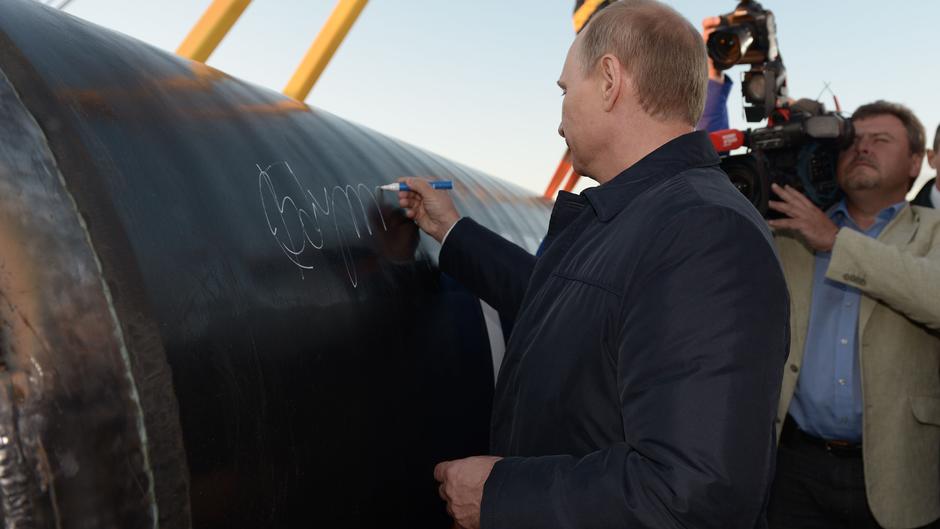
3. Looking eastward
Russia is seeking to diversify its customer base. With the enormous amount of energy needed to its growth, China is a highly attractive market. In September 2014, Vladimir Putin, who has returned to office as president, writes a message on the future eastern pipeline, the Power of Siberia, in an echo of the symbolism used by his predecessor with the western pipeline. The Power of Siberia will run from the Lake Baikal region to the north of China and then on to the Pacific coast.
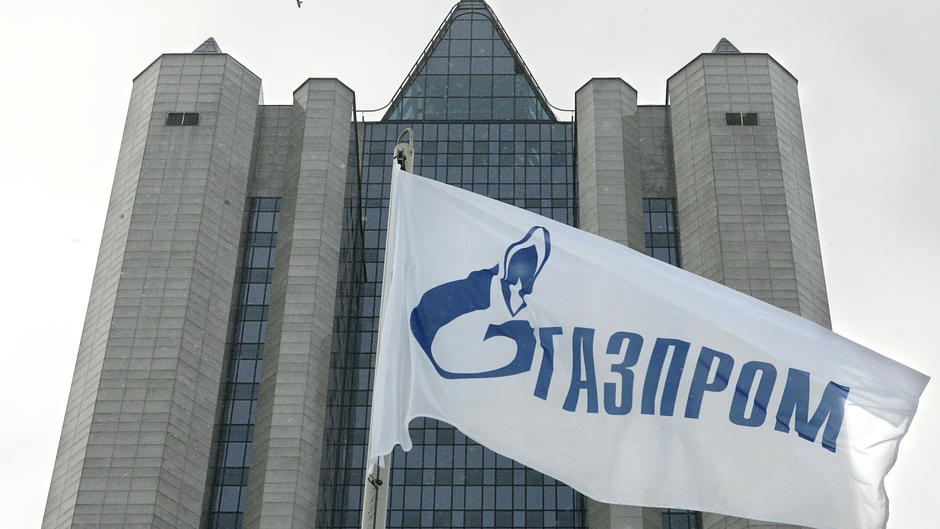
4. Gazprom, a strategic part of Russia's arsenal
Gazprom, the world's largest gas operator and exporter, remains closely controlled by the Russian government despite being 49% privatized. It is a major player in negotiations with Europe to build new pipelines, notably the (controversial) new Nord Stream 2 project under the Baltic Sea and pipelines to southern Europe. Gazprom would also like to distribute gas directly in Europe.
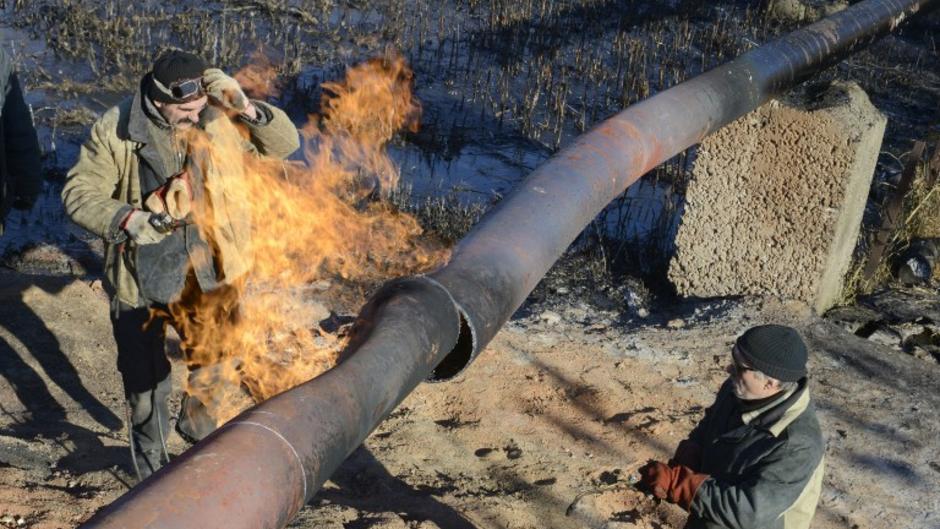
5. Energy and geopolitics
The ongoing political tensions between Russia and Ukraine have had direct consequences on gas between the two countries, and even between Russia and Europe. Moscow is trying to reduce the amount of gas that transits through Ukraine, where security risks are heightened by the war in the country's east. This photo shows damage to a section of pipeline caused by a falling shell in November 2014.
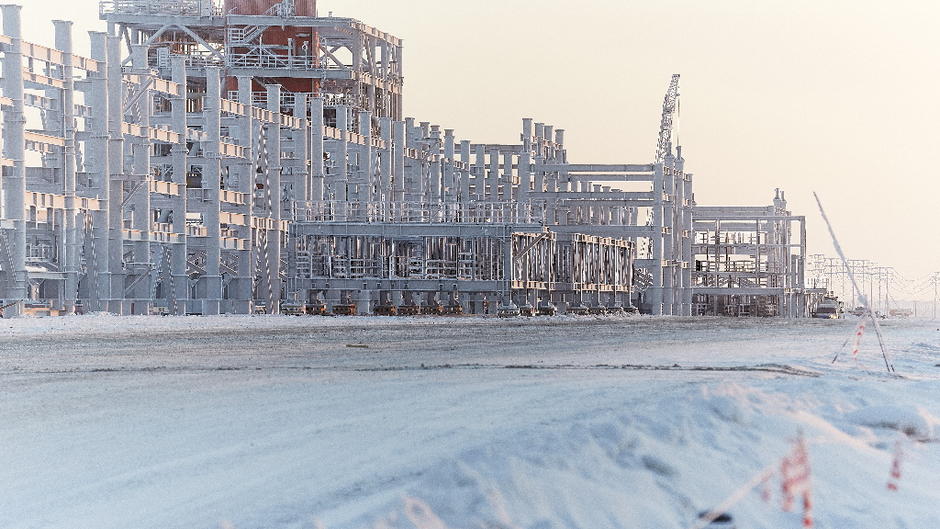
6. Russia and the rise of liquefied natural gas (LNG)
Russia has also had to adapt to the development of LNG, which can be shipped and is therefore more flexible than pipeline gas. The country has started building large units. This November 2015 photo shows the Yamal construction site, located above the Arctic Circle.
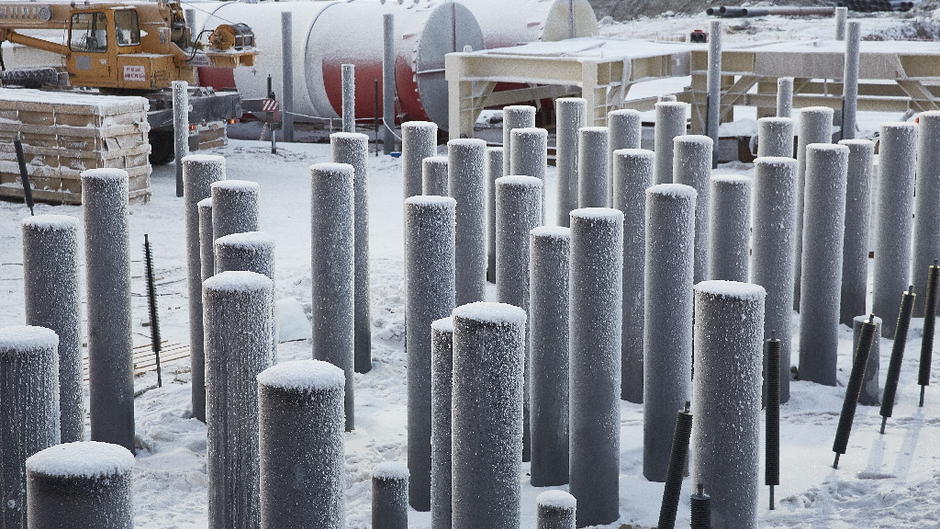
7. Extreme conditions
Heavy-duty technology is required in the Arctic north, where the ground is frozen year round and temperatures reach as low as -40°C. At the Yamal site, steel piles (shown here) had to be bored 20 meters into the permafrost to find ground solid enough to support the gas liquefaction plant buildings. The project is being carried out by Novatek, Russia's No. 2 gas producer, in partnership with the Total Group and China's CNPC and Silk Road Fund.
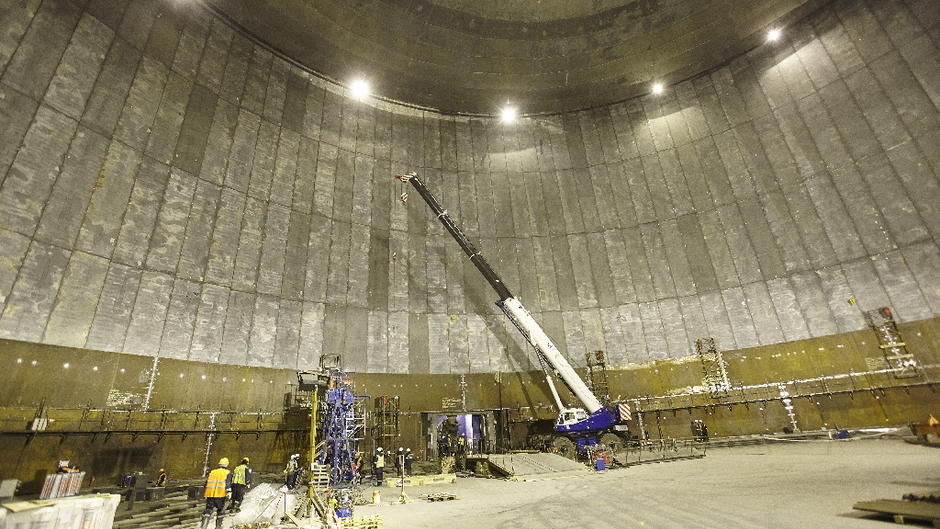
8. Colossal construction sites
Once natural gas has been liquefied, it must be stored in enormous tanks. Here, builders on the Yamal construction site are shown working inside one such tank.
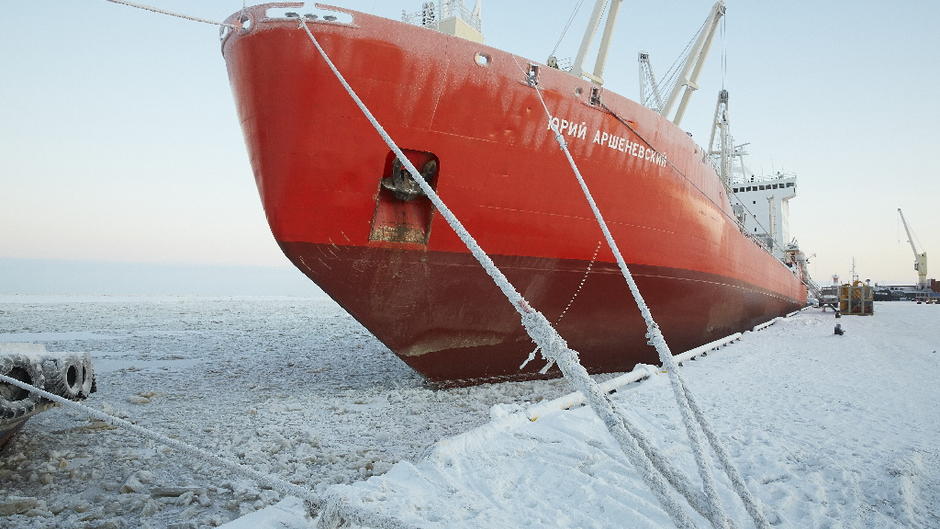
9. LNG carriers in frozen seas
In its liquid state, gas can be shipped on board specially designed LNG carriers. On the Yamal Peninsula, these vessels berth at the port of Sabetta, where the water is frozen for most of the year. The cargo is shipped along the eastern route toward Asia in the summer and via the more open western route toward Europe in the winter.
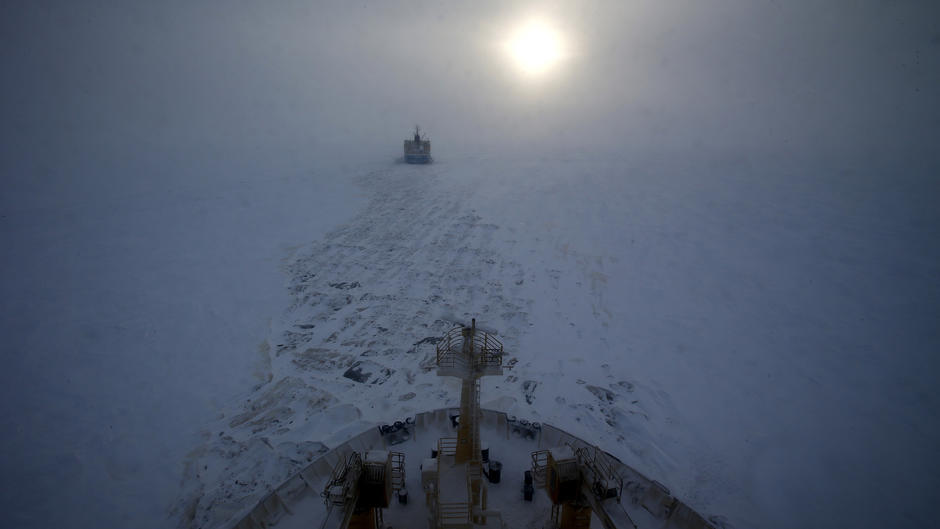
10. Icebreakers opening the Arctic routes
Russia boasts a sizable fleet of icebreakers, which ensure its power in the Arctic, including a second nuclear-powered vessel put to sea in the summer of 2016. The fleet is designed to open the Northern Sea Route and enable ships, especially oil tankers, to reach Asia without sailing around Africa. This photo shows the Valetta oil taking the route for the first time in February 2015.
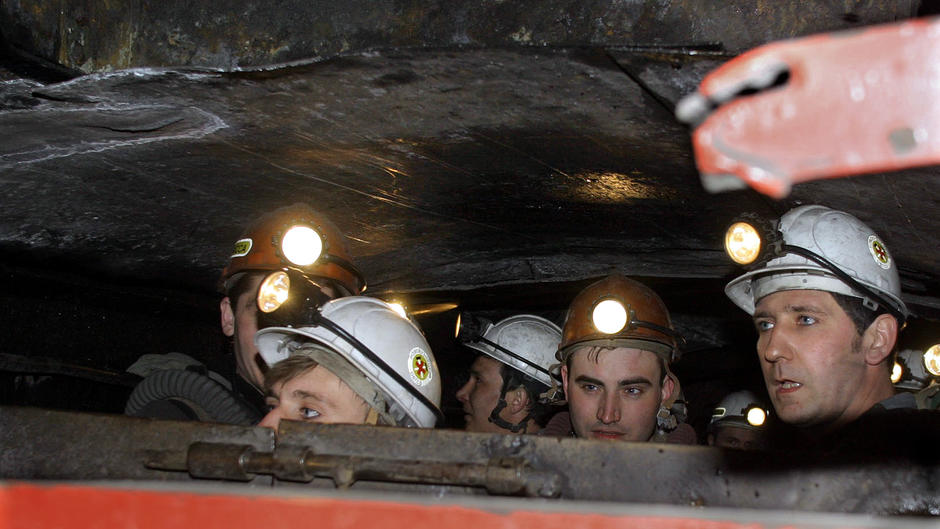
11. Huge coal reserves
Russia continues to be a major producer, ranking fifth worldwide. Its output grew by 36% between 2005 and 2015. With 17.6% of the world's coal, Russia's reserves are second in size only to the United States. Some of the country's mines are located in the far north, including the Severnaya mine near Vorkuta, which was the site of an accident in February 2016 (shown here).
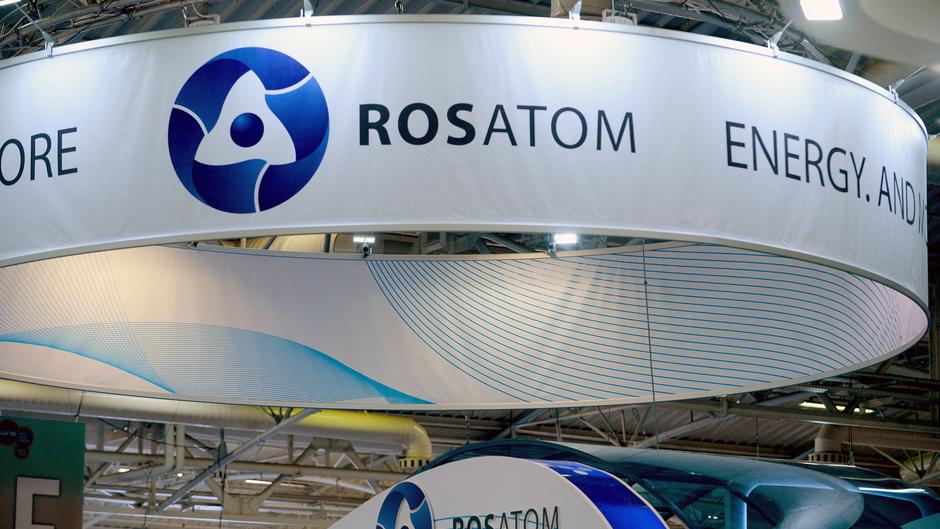
12. Russia, a major exporter of civil nuclear power
At a time when the world is showing renewed interest in nuclear power, Rosatom, Russia's nuclear operator, is the leading player in the international markets for this energy, ahead of Japanese-American, Korean, French and now Chinese firms. Supplying the entire value chain from reactor to fuel, Russia specializes in small 1,000 MW reactors that are suited to modestly-sized power grids. Shown here is the Rosatom booth at the 2016 Paris Air Show.
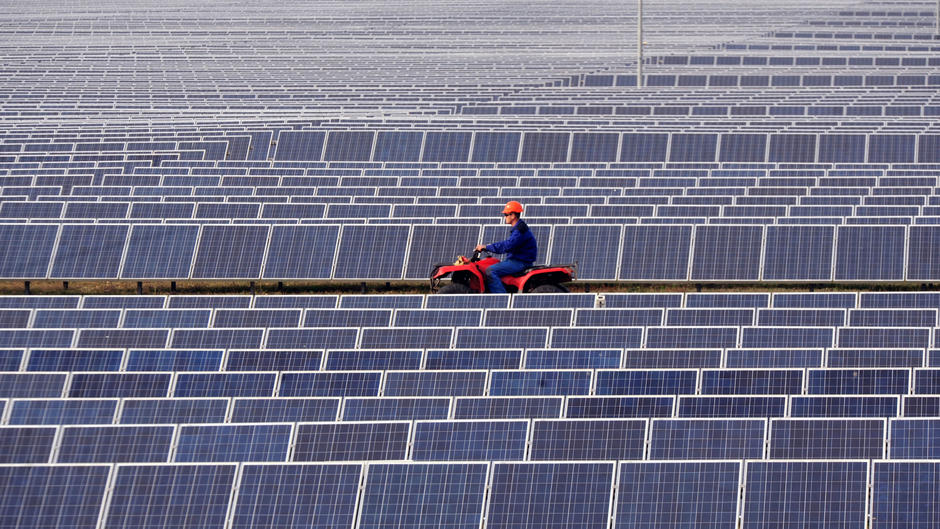
13. The emergence of solar power... in the north and the south
Russia has enormous solar potential. For now, it makes relatively little use of this energy source, despite having launched several developments in Siberia's Sakha Republic and in the south. Although now under Russian rule again, Crimea still partly depends on Ukraine to meet its energy needs. A solar farm has been set up on the outskirts of Simferopol, the capital, to secure supply (shown here).
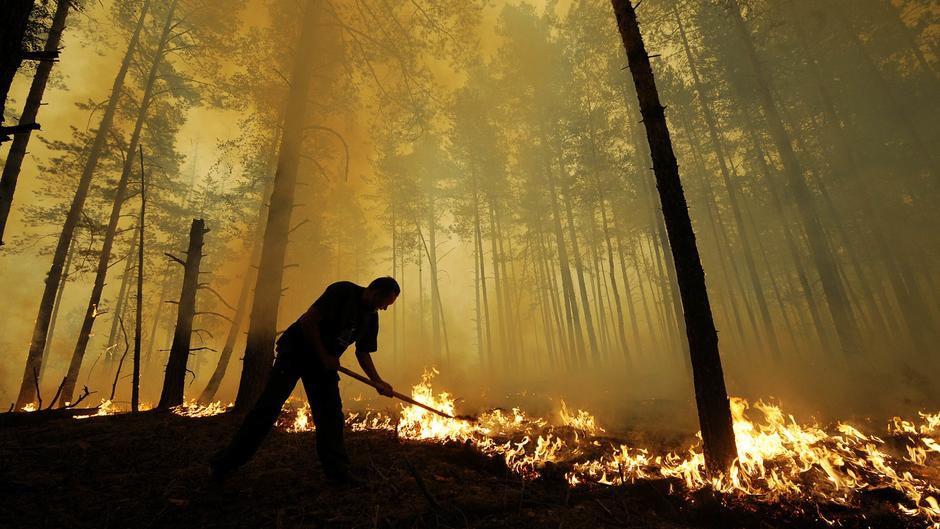
14. The threat of global warming
Russia's extensive forests form a sizeable , an asset that Moscow intends to leverage to achieve its climate objectives. These plans could, however, be upset by the serious and sometimes poorly managed threat of widespread forest fires, which burn from just outside Moscow to the far reaches of Siberia and are increasingly being caused by drought. Shown here is a fire in the Ryazan region, located 180 kilometers southeast of Moscow.
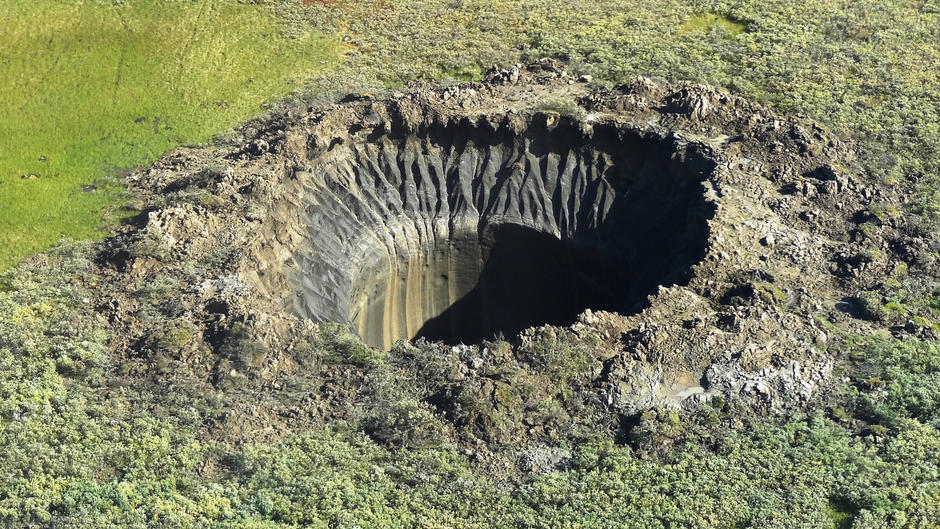
15. Permafrost degradation
is also responsible for the melting of the far north's frozen soil, or permafrost. This phenomenon presents several risks, such as viruses and underground gases being released into the atmosphere. Seven giant craters have appeared on the Yamal Peninsula, and experts have attributed their existence to melting permafrost.
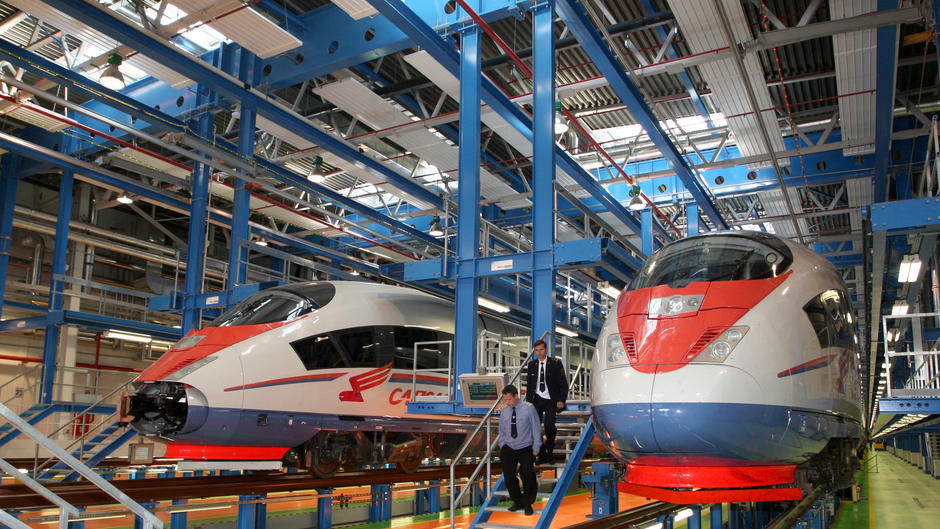
16. High-speed trains through Siberia
Russia has started to develop its rail network with its high-speed Sapsan train (shown here), which already connects Saint Petersburg and Moscow. A more ambitious project currently being planned involves extending the network eastward, first with an 8,000-kilometer Moscow-to-Kazan leg and then, in the next stage, on to Beijing with the support of China's extremely advanced high-speed train technology. Beijing would then be just two days from Moscow by train, instead of six.
 Our most popular content
Our most popular content
See all
